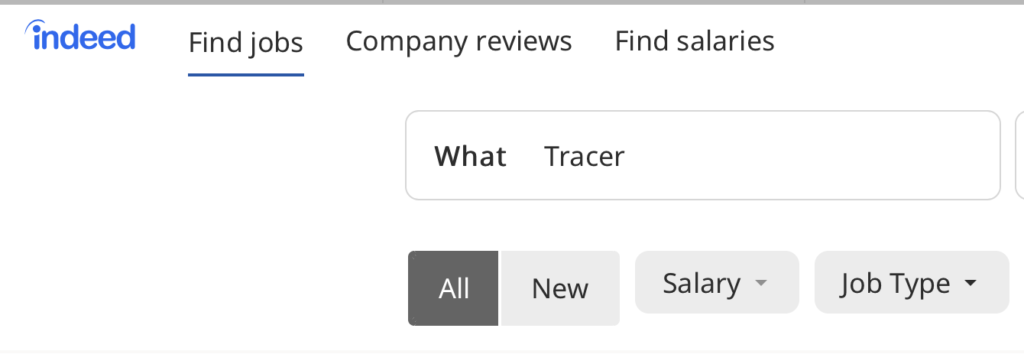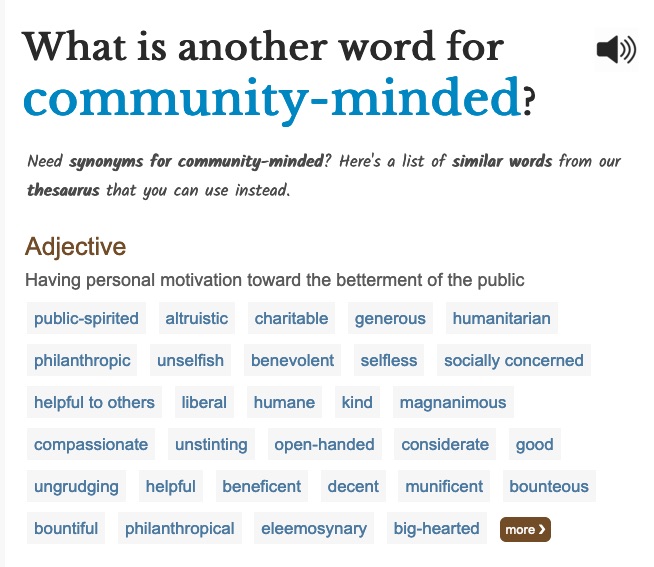It is impossible to grasp all of the ways in which the pandemic is changing our way of life around the world. While most of the news coverage tracks the spread and death toll and the national/state government response to the virus, there is news on the efforts of local government, schools, business, and individuals to mobilize, survive and thrive in this new world.
Innovations in this time of disruption are inspired by our impulse to meet some basic human needs. We are searching for solutions; for our safety and security, our sense of belonging, agency (power), and expression (attention) to name a few. As with any innovation, some will be a flash in the pan, some will endure, evolve and be adapted into the fabric of our society. They are aimed at some basic need we have.
Safety and security
The need for safety and security is inescapable right now. The threat of infection and death, loss of loved ones, loss of our livelihood, and our entire way of life has us in it’s grip. While we stay at home, we search for new antidotes to our insecurity. This time of isolation has been a source of inspiration and reflection to some while it has led others to act out in protest, fearing the loss of livelihood more than death.
Following are a few examples of innovations inspired by our need for safety:
Thermometers
One development towards safety has been directed at an early warning system that is familiar to us all, the use of thermometers. By checking our temperature before we enter public locations and checking and sharing personal rises in temperature as they happen we may create a more effective safety net by identifying the pattern of infection.
Kinsa Health debuted it’s internet-connected thermometers eight years ago to track flu. The data the company is uploading for free to government and research scientists is helping pinpoint both where the next outbreak might occur and which communities are flattening the curve. They’re also proving that social distancing is working. – Here and Now – April 9, 2020
A Chinese startup “Rokid” is promoting COVID-19 detection glasses in U.S. : https://news.yahoo.com/chinese-startup-rokid-pitches-covid-070543421.html . Rokid’s T1 thermal glasses use an infrared sensor to detect the temperatures of up to 200 people within two minutes from up to three meters away. The devices carry a Qualcomm CPU, 12 megapixel camera and with hands free voice controls — to record live photos and videos.
Testing
How many tests do we need to feel safe? Labs around the world and in the US are exploring new methods for testing people suspected of infection. Some of these methods will evolve into new standards while some will prove inaccurate or impractical. Hospitals have adapted new ways of administering tests in an effort to reduce exposure by creating drive through testing. At the same time scientists are trying to lower barriers to testing. While supplies and personnel continue to be in too short supply, lacking a national effort at distribution, we must increase testing in order to feel safe to interact.
An average of 145,000 tests a day were carried out over the past week nationwide, or about a million a week, according to the COVID Tracking Project. Experts disagree about how many tests would be required to get a handle on the outbreak, but even the most conservative recommendations from former officials like Scott Gottlieb — head of the Food and Drug Administration until last year — call for at least doubling the current level of testing now and tripling it by the fall.
NBC News – April 17
While we continue to struggle with the necessary components of tests in the critical short run, researchers are moving forward with innovations that address the long term. Home tests are one of the approaches. While home tests run the risk of false positives due to contamination, there is an effort to improve them.
- Saliva tests. A “Rutgers University scientist who oversaw the development of a saliva test to detect coronavirus said he believes this new way to collect patient samples could serve as a bridge to widespread national testing — modeled off the kits used by familiar commercial genealogical brands like Ancestry.com and 23 and Me.” – ABC News – April 16, 2020
- Antibody testing. These tests determine if a person has had the virus and carries antibodies that protect them. A team in the UK is working on a home antibody test kit. A team in California has an antibody test that is administered in the lab. They hope to “expand manufacturing of its new coronavirus antibody test for use by the public within two months.” The same story describes other antibody tests under development…
Only one [antibody] test, produced by the Research Triangle Park, N.C., company Cellex, is already approved and being rolled out for use in select groups. Two others are awaiting FDA approval. One is from Aytu Biosciences/Orient Gene Biotech; the other is ScanWell Health/INNOVITA.
Six other tests have been approved in the U.S., but they are only for research or surveillance purposes. Other tests are still in development.
Five antibody tests have been approved for use in China. In addition, one is approved in Singapore and one in Korea.
Mercury News – April 12, 2020
Tracers – Tracking
The success of re-opening our economy will depend on our ongoing success at containment. One essential component will be the ability to track person-person contact when an infected person is identified. Tracing these associations and contacting and supporting people with information and resources will be essential to providing a safety net for movement.
Last night I searched for a job as a Tracer and found this information in the job description:
Contact Tracers will use a web-based client resource management (CRM) platform to reach out to contacts of patients diagnosed with COVID-19 with the goal of documenting a symptom check; referring contacts for testing according to established protocols; and providing them w/ quarantine guidelines
Indeed – searched on April 17th, 2020

Digital Tracking Approaches
Human tracing can be augmented by technology that helps an infected person remember and report contacts they have had. Here are a couple different approaches.
Tim Brookins, a Microsoft engineer in Fargo, tweaked the Bison Tracker to build Care-19, an anonymous location tracker. It had more than 10,000 downloads in its first 36 hours.
The app can serve as a record for people to remind them where they’ve been if they test positive, and to alert them to possible contacts with infected people. They can choose to share information with state health workers.
Bloomberg – April 11, 2020
Google and Apple have announced a joint effort to enable the use of Bluetooth technology to help governments and health agencies reduce the spread of the virus, with user privacy and security central to the design.
The system uses on-board radios on your device to transmit an anonymous ID over short ranges — using Bluetooth beaconing. Servers relay your last 14 days of rotating IDs to other devices, which search for a match. A match is determined based on a threshold of time spent and distance maintained between two devices.
If a match is found with another user that has told the system that they have tested positive, you are notified and can take steps to be tested and to self-quarantine.
Tech Crunch – April 10
As I continue to read about innovations, I intend to share them in the context of how they derive from and serve our most basic needs. While our instinct to meet these needs is active even in good times, the pandemic has us on high alert. We have to find new ways to meet familiar needs. Behavior is goal oriented. We act in order to fulfill our needs; sometimes for social good, sometimes for our selfish satisfaction. Sometimes pro-actively and sometimes reactively.
Next to safety and security, the need for belonging and affiliation is another need on high alert. In keeping with the directive of 6 foot social distance and safe at home, we are inclined to find ways to socialize and connect. In future posts I will describe some of the new ways that we have found to bridge this gap.

